
Training Commands: Talk Less, Reinforce More
Posted by Charlie JurneyNo matter how good our intentions, we hunters and dog trainers as a whole commit one error that sets our training progress back and creates additional problems. We commit this error over and over again, and it’s vitally important to recognize it and fix it. What am I talking about? It’s the constant repeating of commands without reinforcement.
Here’s a typical scenario. You’re walking your dog at heel. When you stop, you want your dog to sit, so you command, “Sit”. Your dog ignores you, so you repeat, “Sit”. He ignores you again, so this time you say it even louder: “Sit!” At that point you might even start talking more: “Lucky, sit! Sit, now! I said, sit!” At that point your dog knows you might be getting ready to actually do something he won’t like, so he finally sits. Wow, that was a lot of time and energy spent just getting your dog to comply with a simple command! If you keep this pattern up, what’s life going to be like when you get into the duck or pheasant season? I can answer that: You’re going to spend more time yelling at your dog than actually hunting.
Let’s break down what’s going on here. First, your dog very quickly learns to count; he can figure out how much time and how many commands he will hear before he really needs to comply. Secondly, your dog learns that your commands are open for debate. You’ve taught him that your word is not a true command; rather, it’s a request. This situation is unacceptable if you intend to develop an obedient, reliable hunting dog.
The system I follow is that you give a command once. If the dog doesn’t respond, he is to be corrected. The first correction is always a verbal correction, and then reinforcement is added if he doesn’t comply. For example, you tell your dog, “No.” No response? You then count one-thousand-one and repeat the command “No” simultaneously with a physical correction, which you continue to apply until your dog complies. That physical correction depends on whatever you’re using at that point in the dog’s career. It may be a leash tug, e-collar stimulation or both (again, depending on what stage your dog’s training is at). When the dog obeys, leash and/or e-collar pressure is released and you reward him with a “Good dog” and a stroke on the shoulder. He needs to understand that nothing bad ever happens from following a command. Instead, following a command means he will be rewarded.
There is never a time when it is acceptable for a dog’s instincts to be “more correct” than your commands are. Instincts are what causes a dog to make these improper decisions. In fact, instincts are what sometimes cause us humans to make improper decisions too. I use the analogy of scuba diving. When a diver is down deep in the ocean and runs into a problem, he tends to panic. His instinct is to quickly shoot up to the surface, which could be disastrous because of the too-rapid pressure change. The reality is that if a diver will just stay down and rely on his training, which means formulating a plan for a safe, controlled ascent to the surface, everything will be fine.
A dog’s first instinct to get out of a situation he doesn’t want to be in is to bolt away. If he can’t get away, in some cases his next option might be to turn and bite. And if he can’t do either one of those, he’s likely to just lie down and quit. We need to take away all those options with some type of control, and show him that there’s an easier path, which is to follow his training.
Next time your dog is slow to respond to a command, think about how this situation may have developed. Then promise yourself you’re not going to repeat commands over and over without taking action. It will all pay off in the long run.
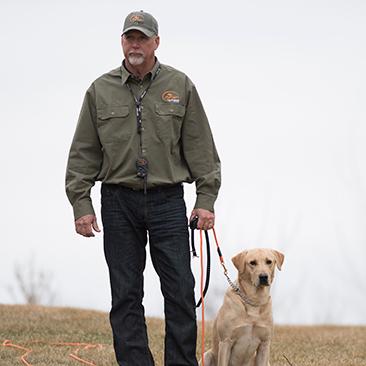
Charlie Jurney
Piedmont, NC
Charlie Jurney has been training performance and hunting dogs for more than 30 years. During that time he has produced hundreds of titled dogs including Grand Hunting Retriever Champions, Hunting Retriever Champions, Master Hunters, Grand Master Hunting Retriever Champions, and Master Hunting Retrievers. His writings have been featured in The...
Related Products
Related Articles
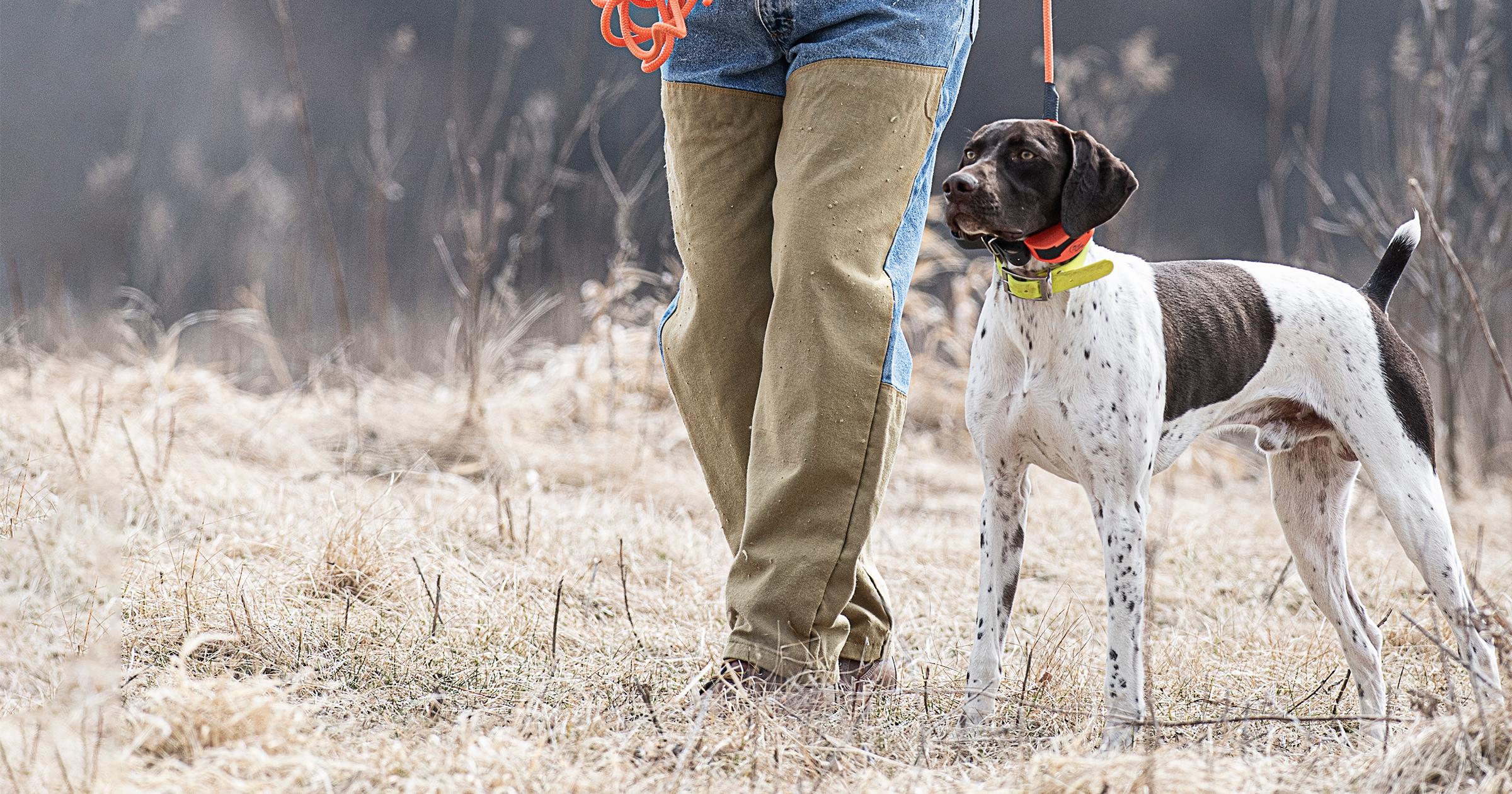
Talent Is Not Obedience
by The SportDOG Staff
Whoa! Can your hunting dog “whoa” or stop on a dime? Does it always come when called? Will it turn on command or always sit or lie down when instructed? Will it gently deliver a bird to your hand without chewing the least little bit? Good bird dogs have been...
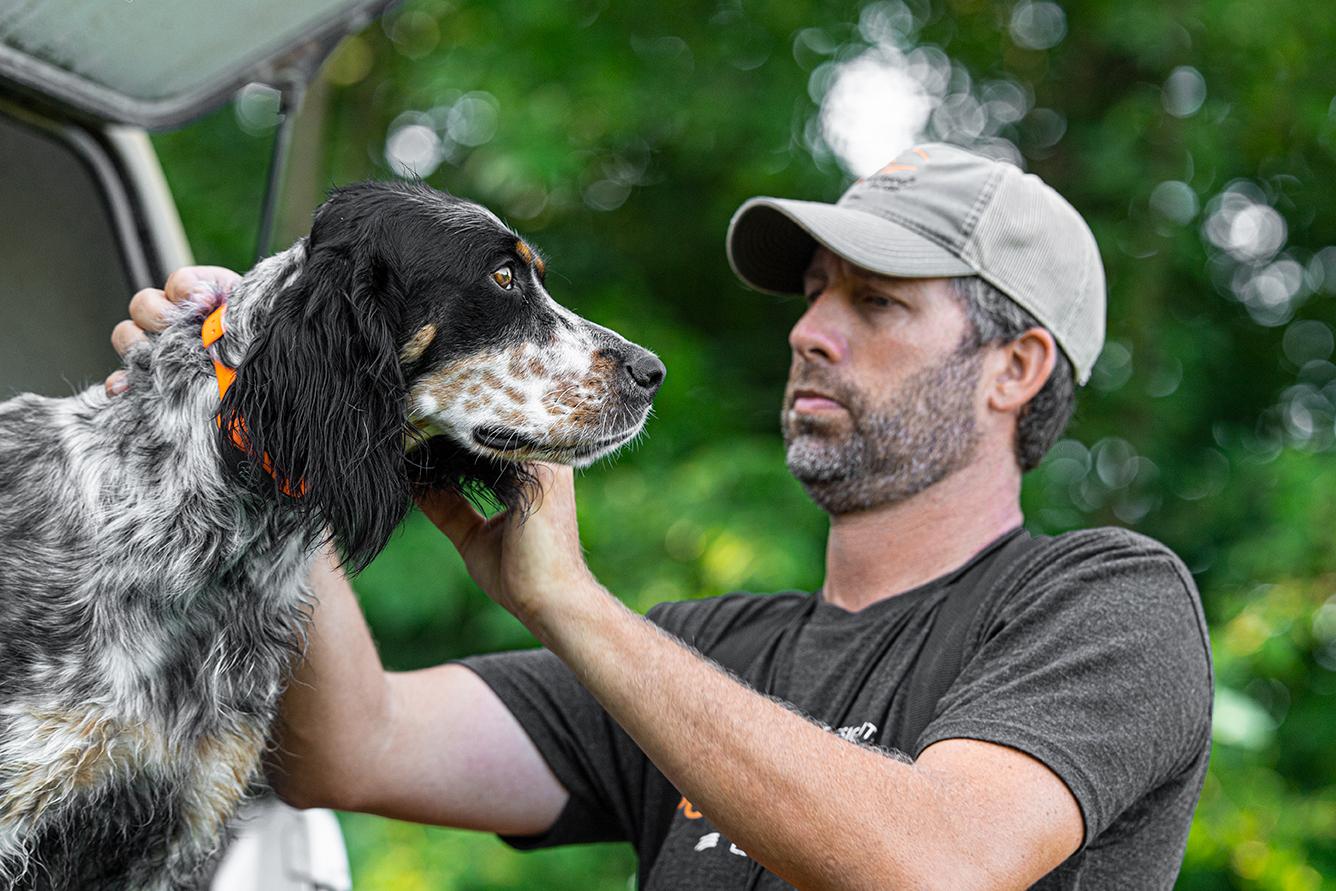
Understand This Before you Train
by Charlie Jurney
Every animal on the planet has an alpha or beta relationship with every other animal. We usually think of “beta” as submissive and beaten down, but in wild packs or herds, that is not the case. The beta dog in a pack of wild dogs is still quite happy and...
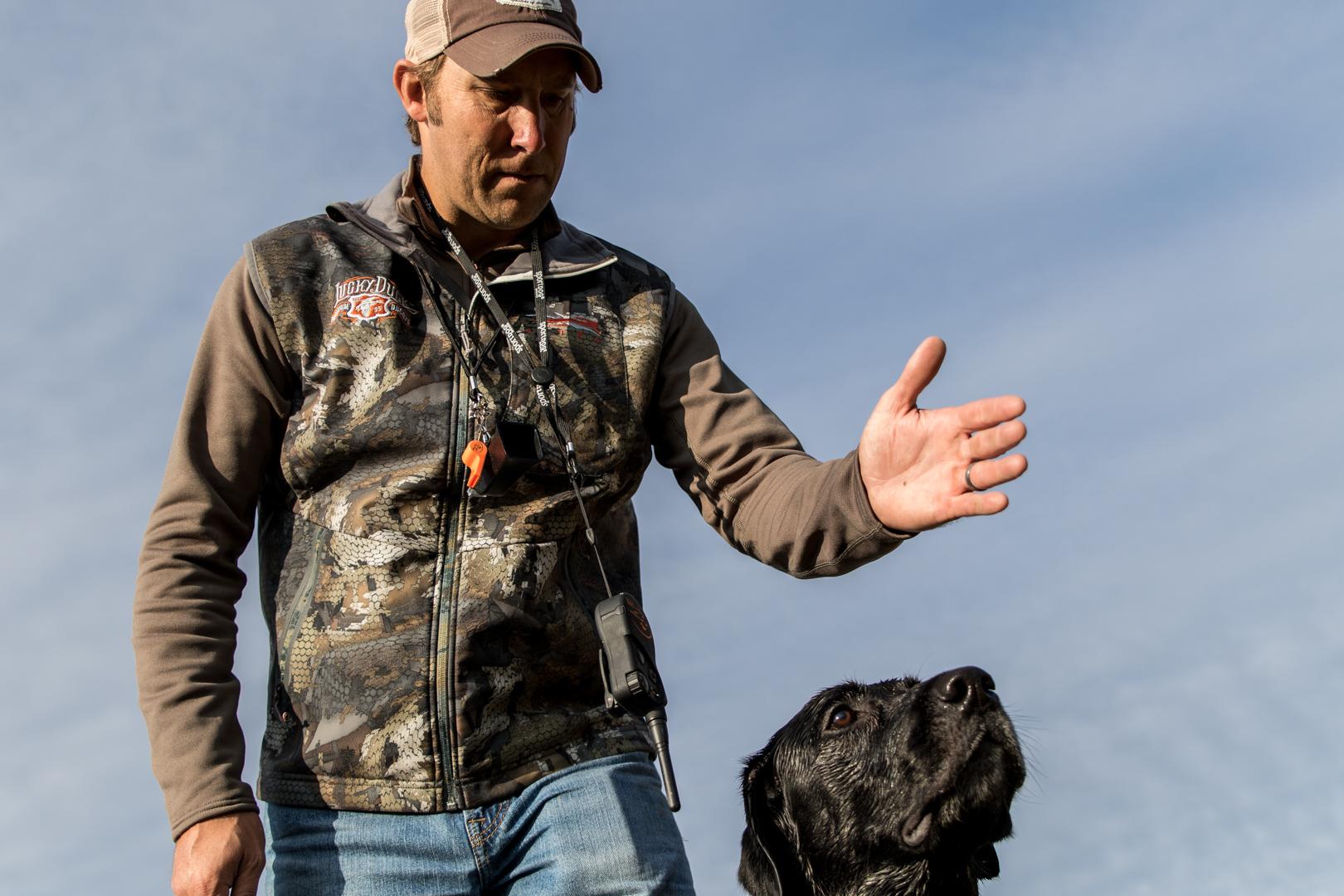
10 Mistakes in Gun Dog Training and How Not to Make Them - Part 1
by The SportDOG Staff
The best thing about the years that ourselves and our ProStaffers have spent training dogs is that we've made the mistakes. We preach the value of mistakes because you will learn from them even more than your successes, but there's no reason you can't learn from ours. We constantly hammer...
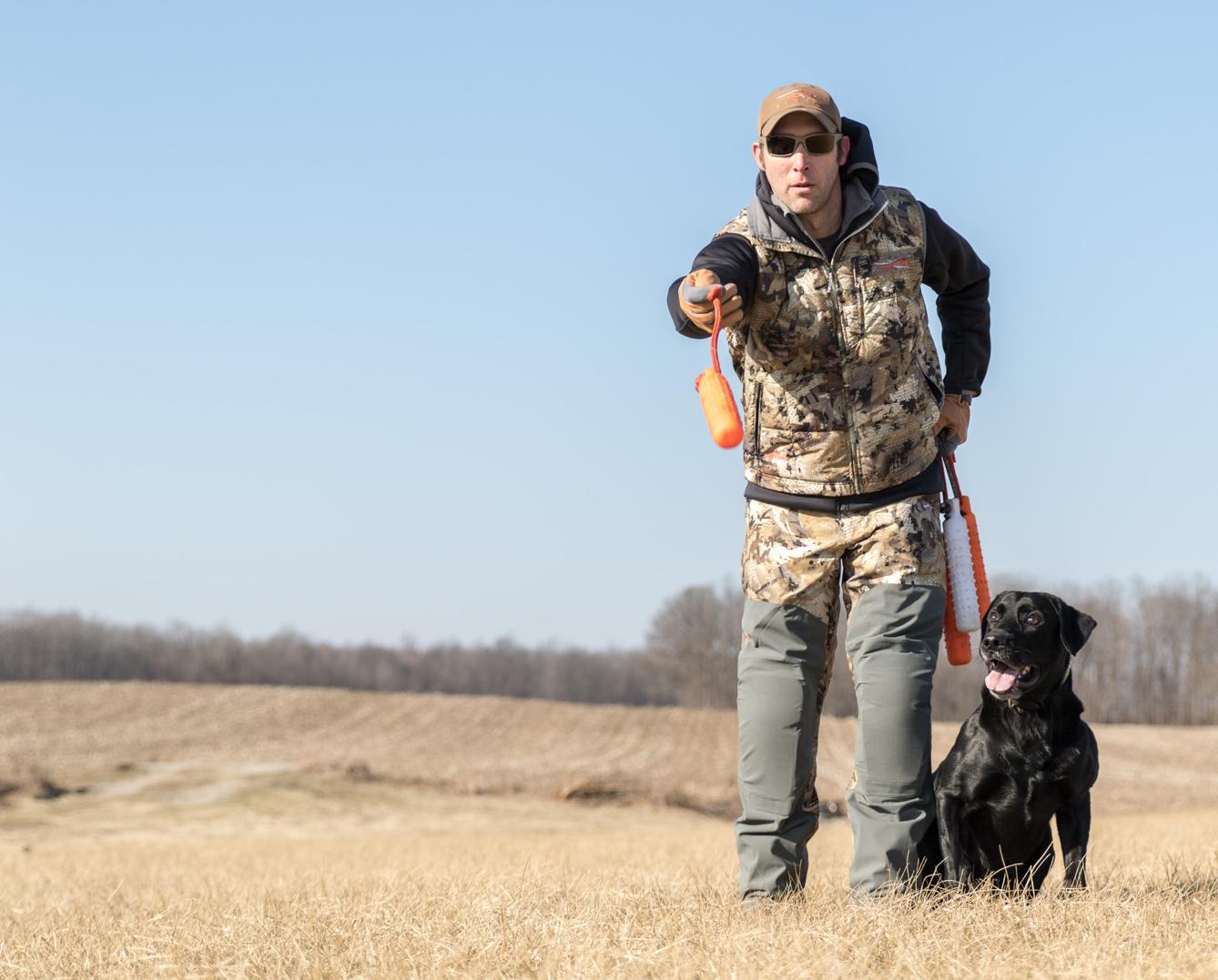
10 Mistakes in Gun Dog Training and How Not to Make Them - Part 2
by The SportDOG Staff
Read the first 5 mistakes to avoid with hunting dog training in the first article in this series. Not Adapting to the Dog No two dogs are exactly the same. Like children, they all learn differently, have differing strengths and have that free-will thing that can leave you grinding your teeth in...
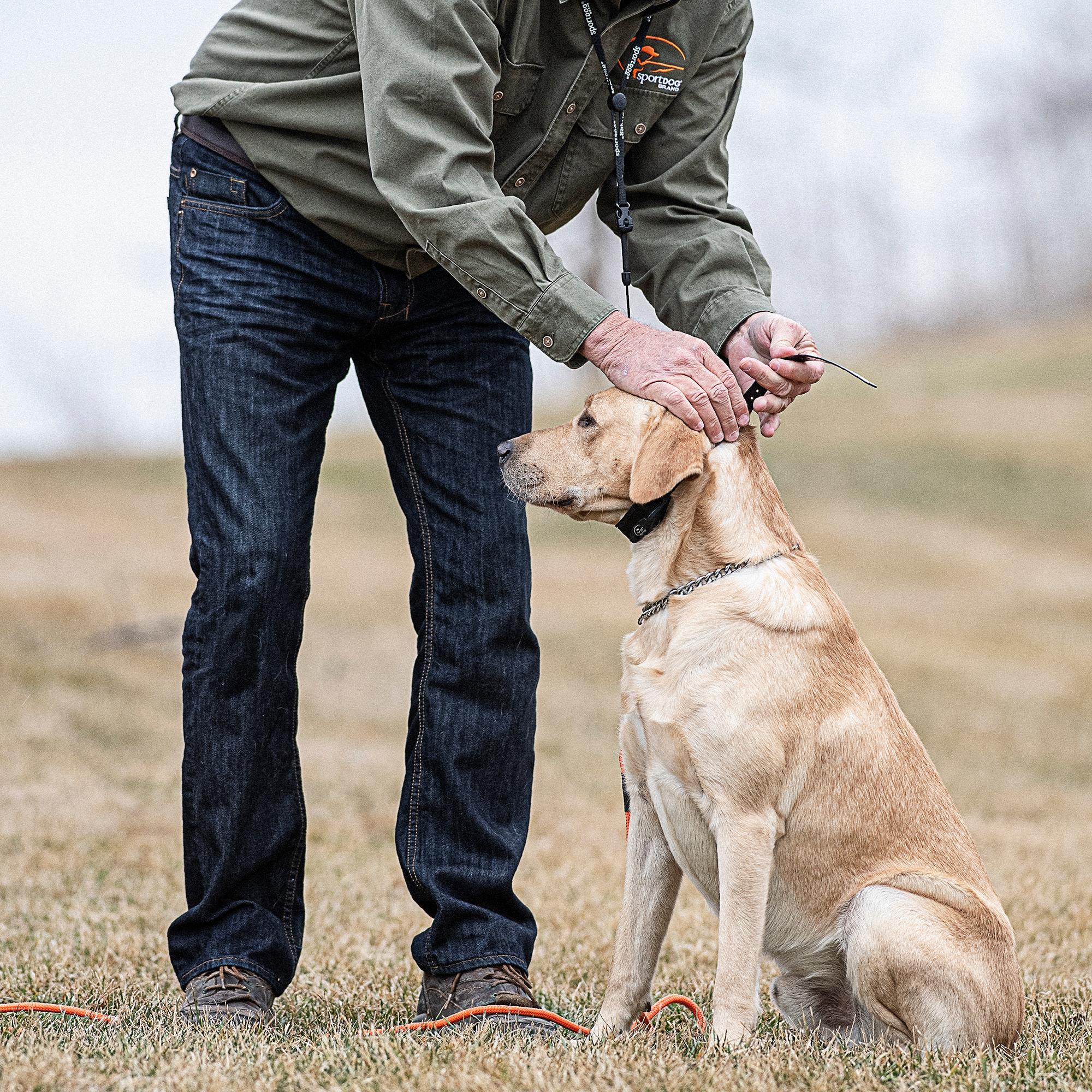
Moving to E Collar Training - Video
by The SportDOG Staff
In this SportDOG Training Tip (originally aired on Pheasants Forever TV) SportDOG Brand Senior Pro Staffer Chris Akin walks you through transitioning your gun dog from a leash training program to an electronic collar dog training program. Chris makes this lesson simple and easy to follow. It can be applied...

Teach Your Dog the Come/Here Command - Video
by The SportDOG Staff
SportDOG Basic Training DVD Chapter 6: SportDOG Brand Senior Pro Staffer Tom Dokken gives tips on the Come/Here command. This is a crucial command in any dog training regiment.



